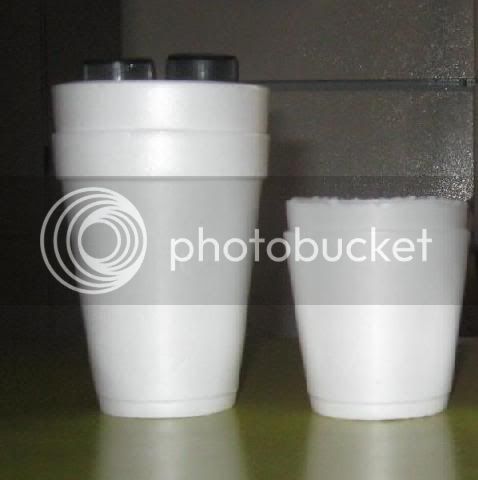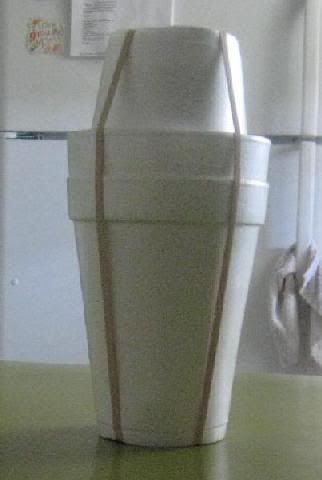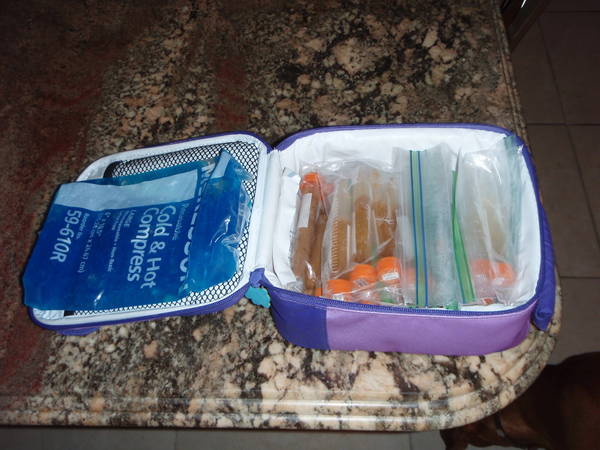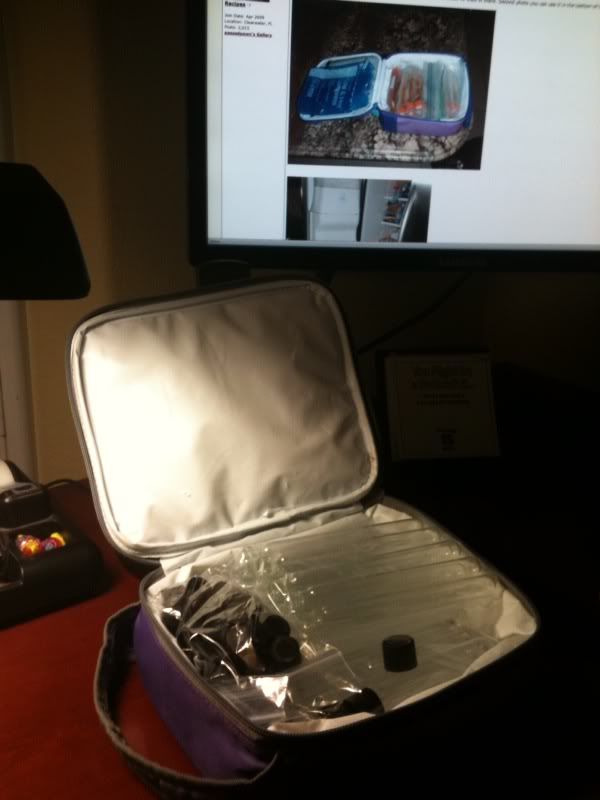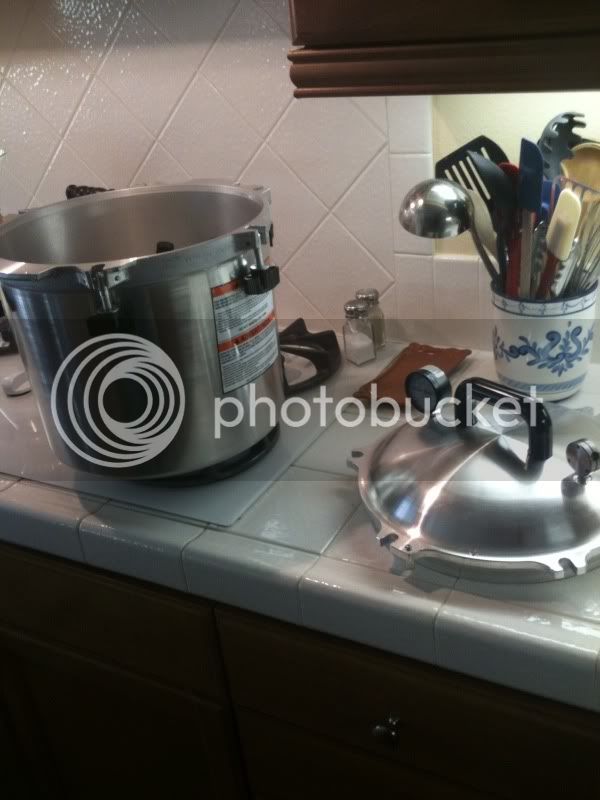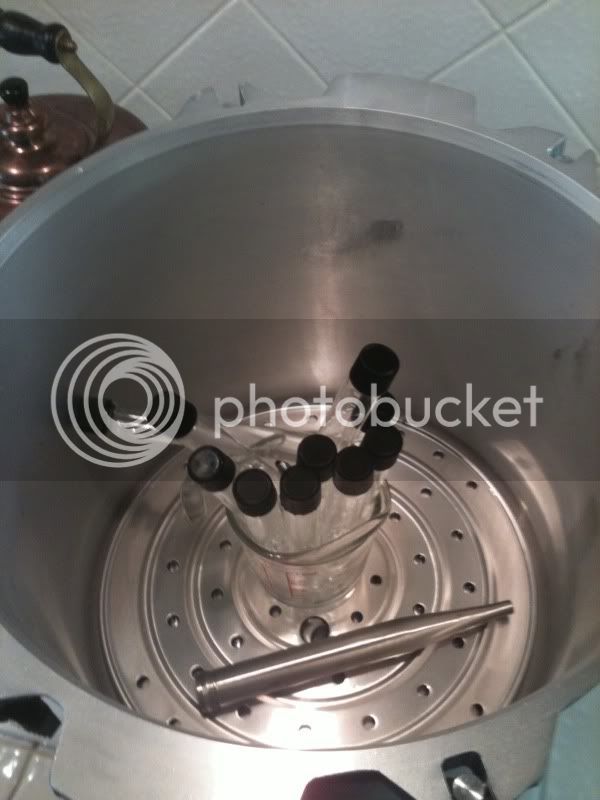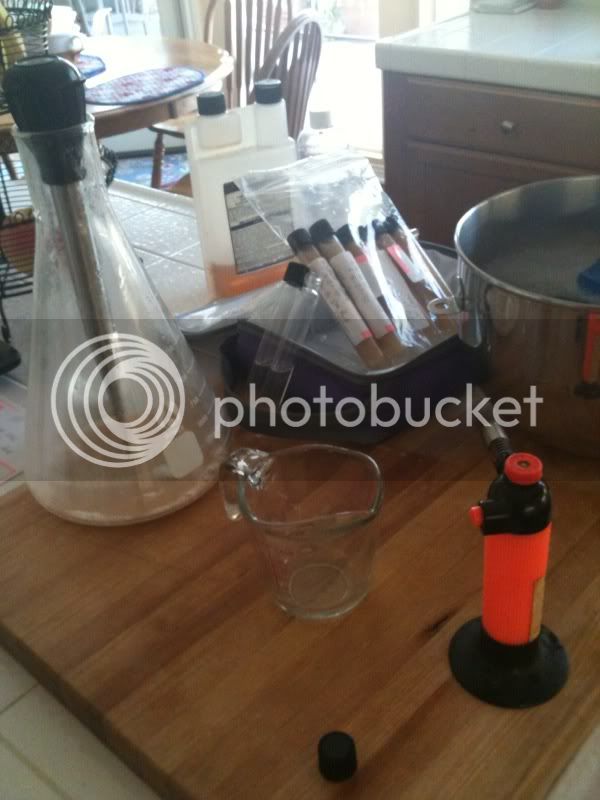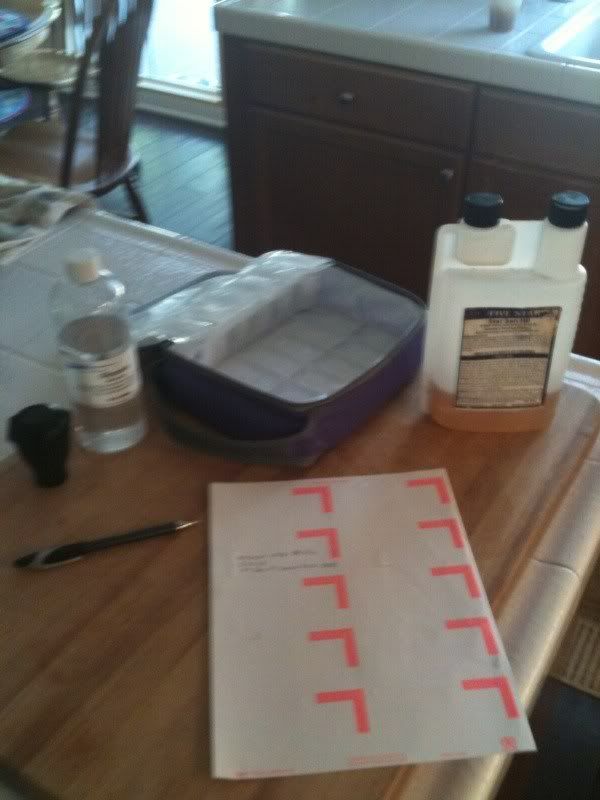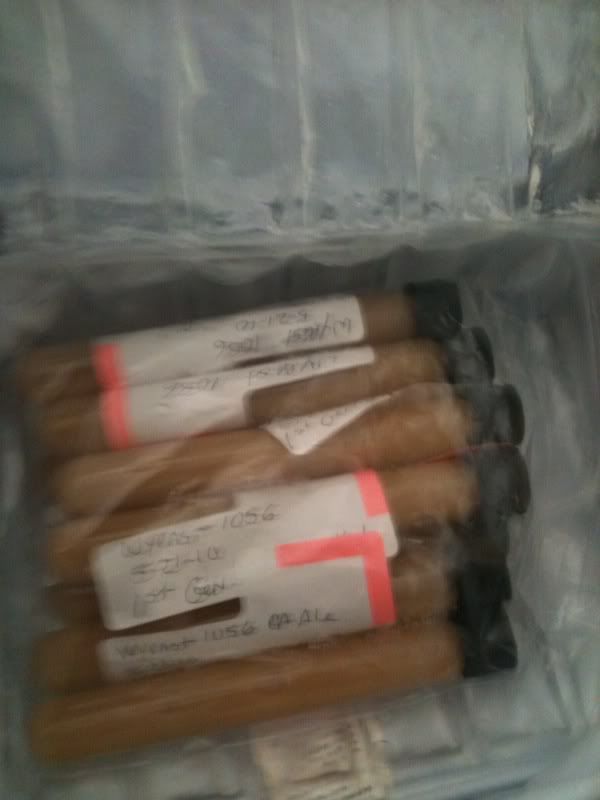The original question that has yet to be answered is why a stepped regime of yeast growth will produce MORE yeast than one single pitch in the same (total) volume of wort?
OK, forgive me if I missed it, but a quick google search revealed nothing on that. Where is it documented that this process indeed does result in greater overall cell count?
Yeast growth curve is exponential starting at the end of the lag phase until the start of the stationary phase. I don't see how stepping the media will impact the final cell count when you insert multiple stationary phases between each step. It takes some energy for cells to go in and out of lag/stationary phase that would otherwise feed into the exponential growth phase of a single-step starter.
The only thing I can think of is that when you decant each starter once the stationary phase is entered, you are adding more media. So the total final media used is greater.
Example:
Step 1) 250 ml starter, decant 200 ml
Step 2) 1 L starter, decant 750 ml
Step 3) 4 L starter
All in all, this will provide the yeast with 5.25 L of media, and assuming you are very careful and get good flocculation before each decanting, you should end up with a yeast cake with roughly the equivalent of a 5.25L starter.
So, comparing a stepped-up-to 4L starter (5.25 L of media in our example) vs using a basic 4L starter w/ 4 L of media, you can then justify why you would find more cells in the stepped version.
Otherwise, I'm at a bit of a loss how you can expect more cells from a stepped starter vs that of a single step if you assume the same total media provided.




















































![Craft A Brew - Safale S-04 Dry Yeast - Fermentis - English Ale Dry Yeast - For English and American Ales and Hard Apple Ciders - Ingredients for Home Brewing - Beer Making Supplies - [1 Pack]](https://m.media-amazon.com/images/I/41fVGNh6JfL._SL500_.jpg)




